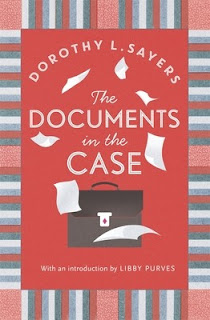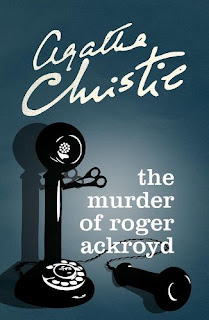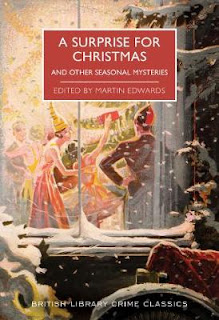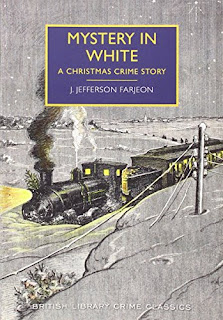Novel's fascinating format makes for a compelling and ingenious murder mystery
 |
| The Documents in the Case is notable for its experimental format |
However, when the author of the novel happens to be Dorothy L Sayers, I think most readers would probably be prepared to make the effort.
In The Documents in the Case, the sixth detective novel by the author, which was published in 1930, there will be a murder to be solved eventually, and two men will join forces to play detective. But that is about all this story has in common with Dorothy’s other detective novels featuring her aristocratic sleuth, Lord Peter Wimsey, who doesn’t appear in this book at all.
The murder victim is not discovered until page 135. By then Dorothy has introduced us to the main protagonists in the story by presenting us with a succession of letters that they have written to other people, which will eventually become part of a bundle of evidence presented to the Director of Public Prosecutions.
We read the letters written by a young writer, John Munting, to his fiancée, Elizabeth Drake, letters written by a middle-aged spinster, Agatha Milsom, to her sister, Olive, and letters from an older man, George Harrison, to his son, Paul. In theory, if we are astute enough, we should have all the information we need to solve the crime when it finally takes place.
We learn a lot from all the letters about the relationship between an older man and his young wife, information that is destined to be sent to Sir Gilbert Pugh, Director of Public Prosecutions, which will ultimately lead to a murder conviction and a hanging.
Robert Eustace, the pen name for Eustace Robert Burton, a doctor and a writer of crime and mystery novels himself, was credited by Dorothy with supplying her with the plot idea for The Documents in the Case and with also giving her the supporting medical and scientific details to use.
The concept for the book was based on the ingenious idea of giving the reader all the evidence that the DPP will trawl through before deciding whether there is a case to answer.
I think Dorothy makes a success of this because she is a superb writer. Some of the letters written by the spinster, Agatha Milsom, who is working as housekeeper to the married couple, Mr and Mrs Harrison, that she sent regularly to her sister, Olive, reminded me of the letters in Jane Austen’s novels, written by characters to each other that help to move the plot forward without every scene having to be played out. Using the multiple viewpoints of the letter writers not only establishes their own characters with the reader, but also reveals their real opinions of the other characters.
My only, very slight criticism of the book is that the scientific evidence put before the reader at the end of the story was lengthy and hard for a non-scientist, such as myself, to understand completely. But I mention this as just the faintest of criticisms because I still persevered and read through it all and I think I just about understood it.
.jpg) |
| Sayers was given the idea for The Documents in the Case by a doctor friend |
Pulling out the essential truth about the case from each character’s version of events is a task that falls to the victim’s son, Paul, with the reader going along for the ride. I found The Documents in the Case to be a compelling story and a real page turner and I thoroughly enjoyed reading it.
It transpires that the victim died as a result of being poisoned by a substance that could either have been administered deliberately, or that they could have consumed it accidentally. It falls to scientific analysis of the poison to prove whether it was administered to the victim deliberately, or whether it could have been present in food naturally, and it is not easy for the pathologist to find out the truth.
Sadly, Dorothy is said to have been disappointed with the way The Documents in the Case turned out and she confessed to wishing she had done better with the brilliant plot she had been given by her doctor and writer friend, Eustace.
In my opinion she did extremely well with it, but it is up to other readers to pronounce their own, final judgments.
Buy The Documents in the Case from or











.jpg)
